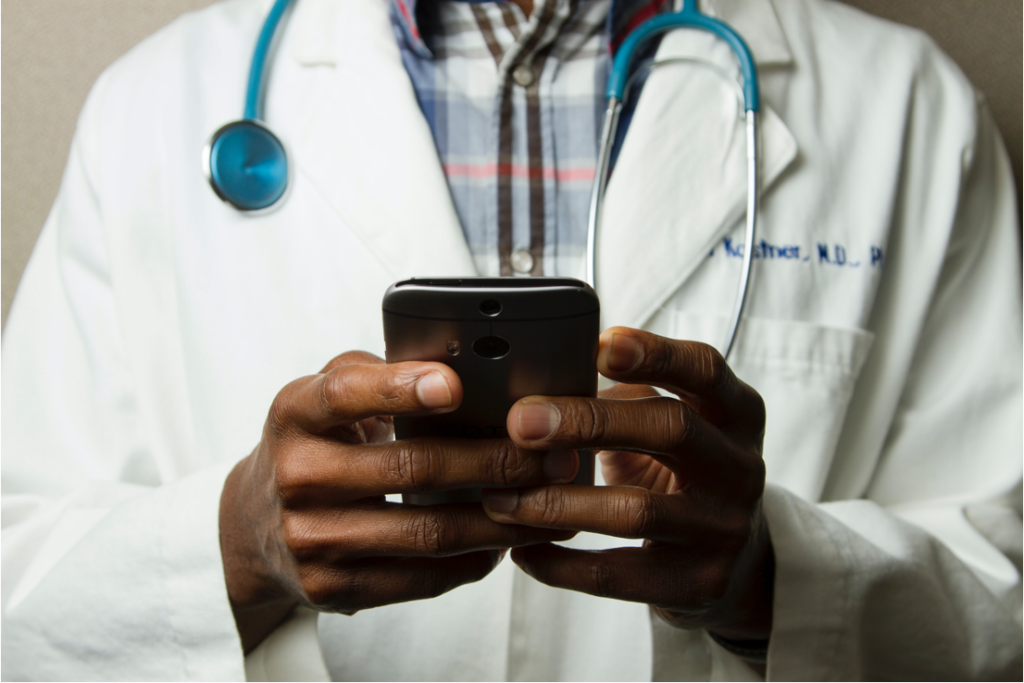1. Introduction
Remote patient monitoring (RPM) is revolutionizing the healthcare industry by enabling healthcare providers to monitor and treat patients in the comfort of their own homes. Remote patient monitoring utilizes various medical devices, including wearable sensors and mobile health apps, to monitor the patient’s vital signs, symptoms, and medication use, and share the data with healthcare providers. Keep reading to learn more about this game-changing technology in healthcare.

2. What is remote patient monitoring?
Remote patient monitoring is a revolutionary healthcare technology enabling providers to remotely monitor and manage patients’ health conditions. It utilizes various medical devices such as wearables, mobile health apps, and digital assistants to track patients’ vital signs, symptoms, and medication use. This helps providers detect deviations from the patient’s baseline health status and respond proactively, preventing potential complications.
In remote patient monitoring, patients are given medical devices such as blood pressure cuffs, pulse oximeters, scales, and glucometers that automatically collect and transmit health data to a healthcare provider or monitoring center. Healthcare providers can access this data in real-time and track patients’ health conditions remotely, allowing them to make prompt and informed clinical decisions. This technology can improve patient outcomes, reduce hospital readmissions, and lower healthcare costs.
Remote patient monitoring is particularly useful for patients with chronic conditions such as diabetes, heart disease, and hypertension who require frequent monitoring and care management. It has also proven effective in managing mental health conditions, maternal diabetes, post-operative care, and aging populations. With the increasing demand for telehealth services, remote patient monitoring is rapidly gaining popularity, offering a new standard of care in healthcare.

3. The benefits of using remote patient monitoring
Remote patient monitoring offers many benefits to both patients and healthcare providers. The following are some of the key advantages of using remote patient monitoring technology:
1. Improved Patient Outcomes – Remote patient monitoring helps healthcare providers proactively intervene when a patient’s health deteriorates, preventing adverse events such as hospitalizations and emergency room visits. By regularly monitoring patient health data, providers can identify negative trends early, adjust treatments, and prevent complications before they occur.
2. Increased Patient Engagement – Remote patient monitoring empowers patients to manage their health actively. By providing patients access to their health data, they can better understand their health status and make informed decisions about their care.
3. Reduced Healthcare Costs – Remote patient monitoring can reduce healthcare costs by preventing hospital readmissions, reducing the need for emergency room visits, and decreasing the length of hospital stays. Additionally, remote monitoring allows for early intervention, preventing costly complications and improving overall health outcomes.
4. Improved Access to Healthcare – Remote patient monitoring makes healthcare more accessible, particularly for patients in rural or remote areas who cannot travel to doctor’s appointments. It also enables patients to receive care from specialists who may not be available locally.
5. Personalized Care Plans – The health data collected through remote patient monitoring enables healthcare providers to create customized care plans tailored to patients’ needs. This approach ensures patients receive the care they need when needed, thus improving overall patient outcomes.
6. Improved Patient Satisfaction – Remote patient monitoring allows patients to receive more personalized care at home. Additionally, patients appreciate the convenience and sense of security provided by remote monitoring, leading to improved patient satisfaction.

4. Conclusion: The future of healthcare with remote patient monitoring
Remote patient monitoring is a game-changer in the healthcare industry. It offers many benefits to both healthcare providers and patients. With the ability to monitor patient’s health in real-time, healthcare providers can provide timely intervention and prevent complications. Patients can also receive better care, reducing the need for hospitalization and improving their quality of life.
Most insurances currently cover the cost of the equipment involved and the monitoring time involved with remote patient monitoring. As technology advances, remote patient monitoring will become more accessible and affordable. Innovations, such as wearable devices and mobile apps, will make it easier for patients to monitor their health in their homes.
Overall, the future of healthcare with remote patient monitoring looks promising. It has the potential to revolutionize the way healthcare is delivered, making it more efficient, effective, and accessible. By leveraging technology and taking appropriate measures to protect patient data, healthcare providers can provide better care to their patients and improve health outcomes.




